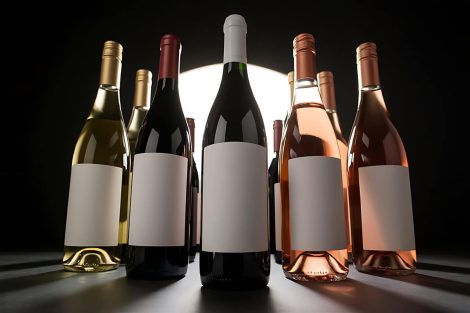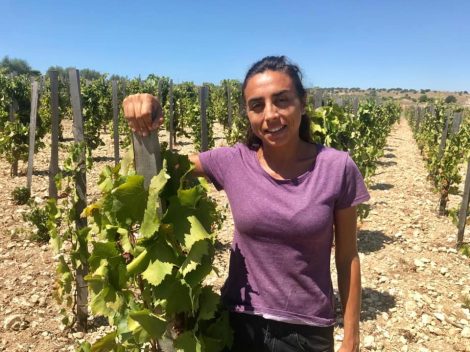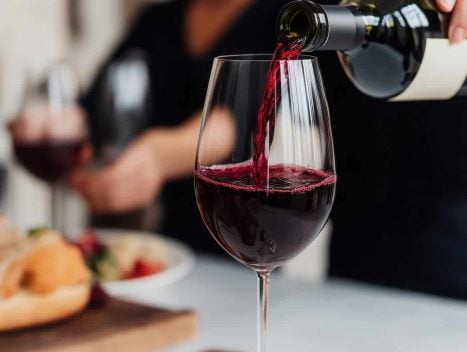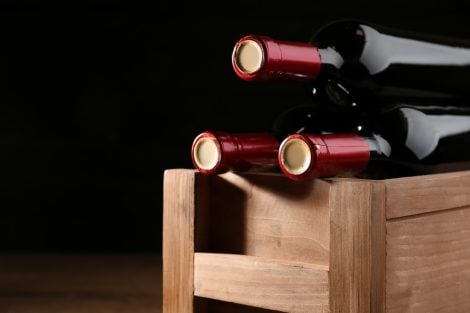Tre Bicchieri 2023: Ticino, the land of the helvetic reds
Ticino is one of Switzerland's most important wine-growing cantons, a producer of reds par excellence. The area cultivated in the country covers about 14650 hectares, with Ticino in fourth place (about 1150 hectares that reach all the way to Mesolcina, a valley of Italian Switzerland situated entirely in Grisons) and 90% of production made up by reds.
Ticino and Monte Ceneri
Looking at the map, there are two regions that form the territory and are bounded by Monte Ceneri: Sopra Ceneri to the north, and Sotto Ceneri to the south. The soils and the climate are quite different from each other. In the south, between Lake Lugano and Chiasso, we find a greater presence of clay—rich and deep soils that give rise to elegant and soft wines. In the northern part of the canton we find stony soils, rich in sand and silt, ideal for the production of structured and austere wines. The elevation of the vineyards varies between 220 and 700 meters, where we find the area's traditional ronchi, terraced plots that can have slopes of up to 30%. Here they carry out heroic feats of viticulture common to Alpine and pre-Alp areas. Vineyards are present almost everywhere, from Chiasso they climb up towards the valleys, Leventina, Blenio and Mesolcina to the north.
Wines, grape varieties and wineries in Ticino
There are just under 2500 winegrowers in Ticino, 110 in Mesolcina, and around 250 producing wineries. Among the main grapes cultivated, merlot covers about 85% of production, meaning that it has largely replaced the native bondola grape (only 84 hectares cultivated). 10% of the vineyards host white grapes. Merlot has turned out to be a versatile variety in Ticino, giving rise to a diverse array of products, depending on the various terroirs. Alongside classic reds we find an increasing number of complex, structured and highly ageworthy wines. Our tastings of late confirm the increased quality of the territory's products. Ticino is probably the only region in the world to vinify merlot off-the-skins, making for pleasant white sparkling and still versions to be enjoyed in their youth. Finally, we point out an interesting increase in the use of hybrid grapes, the so-called "resistant" varieties, a trend that has gone hand in hand with the emergence of younger generations, who are bringing new life and continuity to the work done so far.

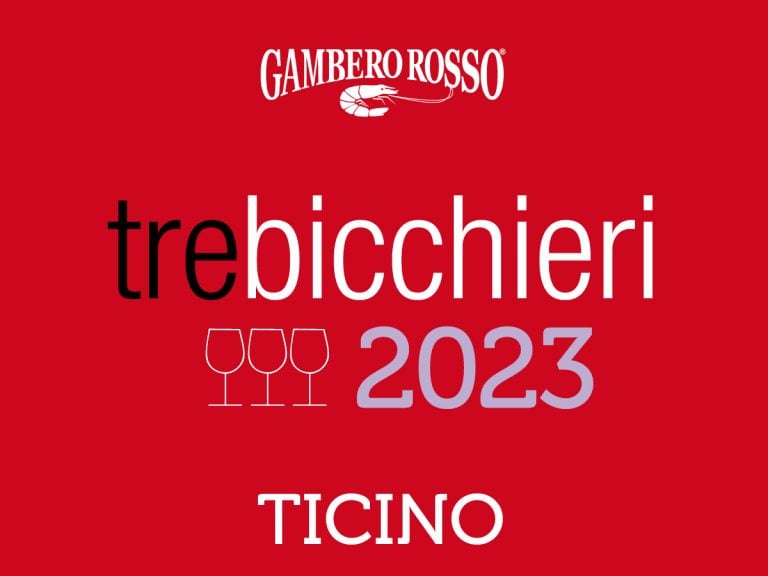
 Fewer bottles, more by-the-glass: how to build the wine list of the future
Fewer bottles, more by-the-glass: how to build the wine list of the future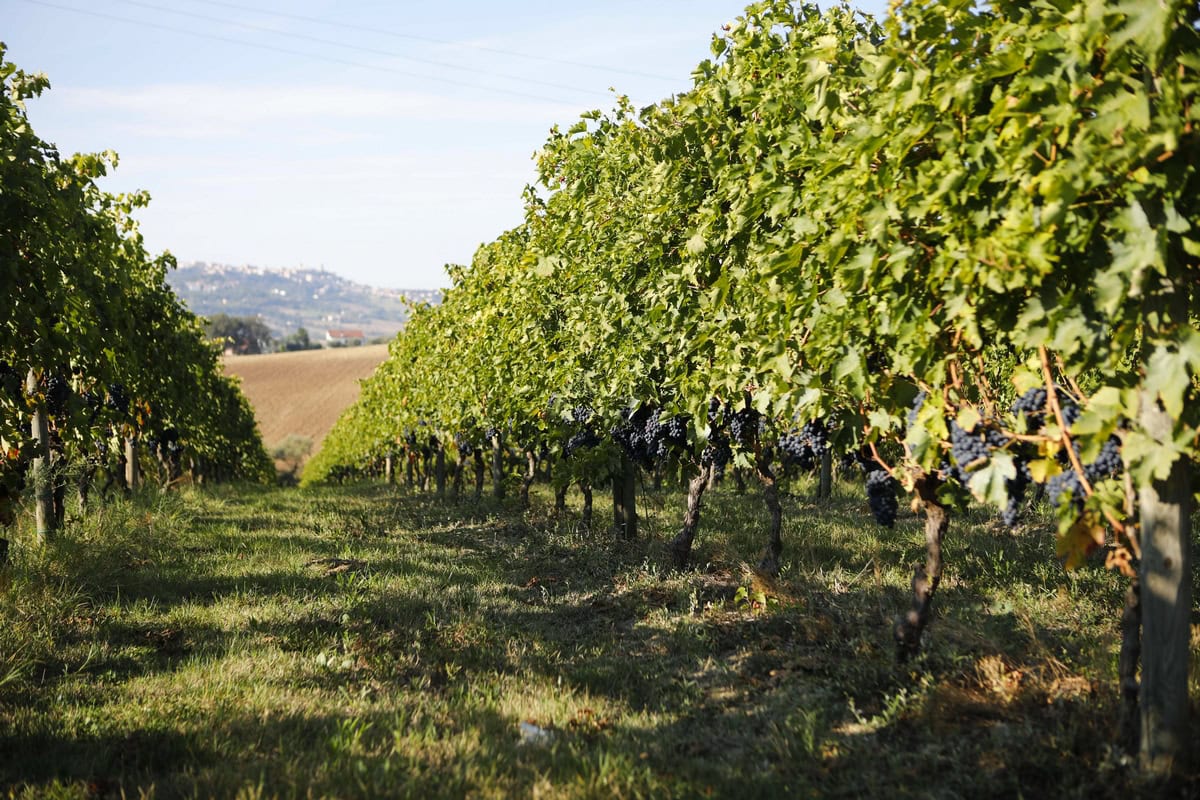 The Moncaro collapse impacts Marche wines. But average price rises
The Moncaro collapse impacts Marche wines. But average price rises Trump’s first trade war cost Americans $27 billion. USDA analysis
Trump’s first trade war cost Americans $27 billion. USDA analysis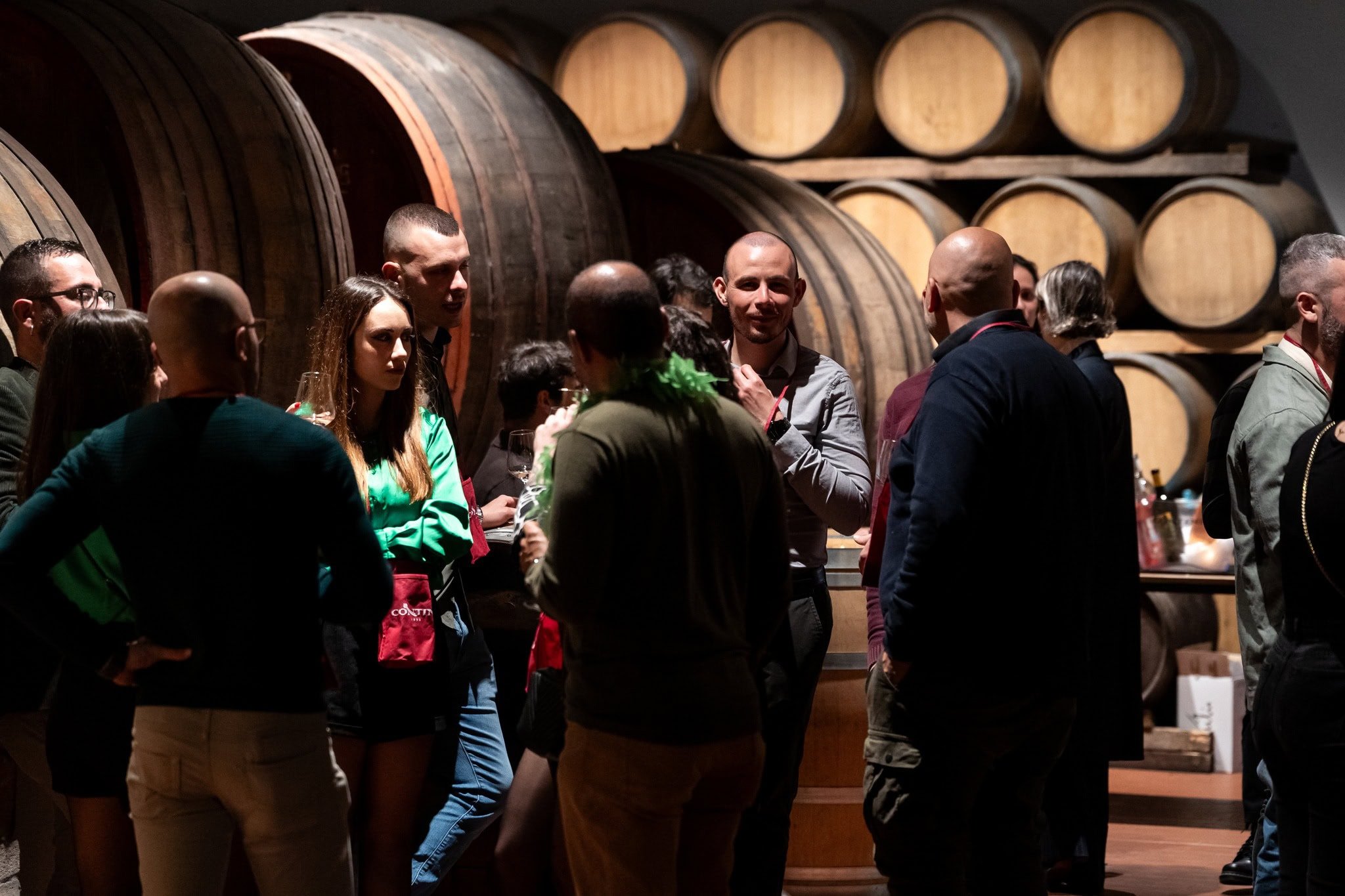 Here are ten Rare Wines you absolutely must try
Here are ten Rare Wines you absolutely must try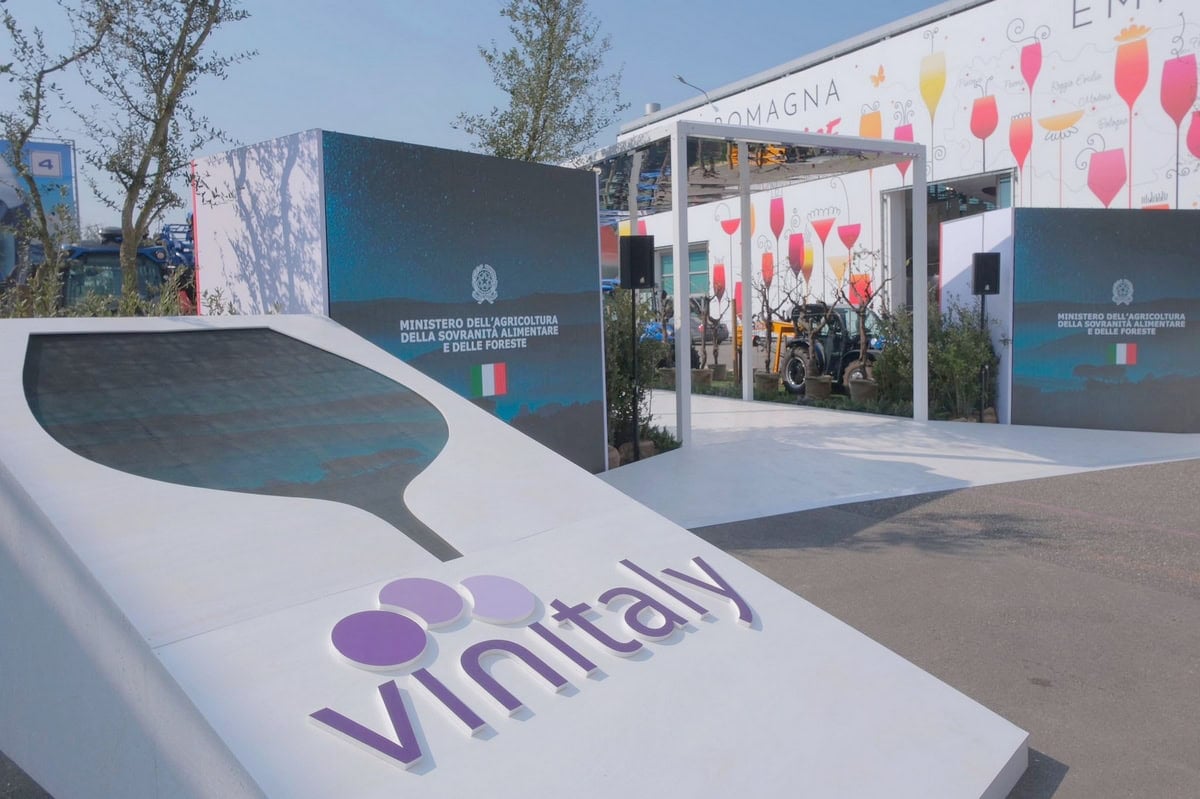 The “Tariff Vinitaly” closes with 97,000 attendees: one third from abroad. See you on 12 April 2026
The “Tariff Vinitaly” closes with 97,000 attendees: one third from abroad. See you on 12 April 2026

